After a recent meeting, a coworker mentioned that she and her family had bought a new home. Actually, it was new to them, but it was built in 1963 in what was then and is still now one of the city’s most desirable neighborhoods.
What seemed like a typical workplace side conversation took a very positive turn when she mentioned that the appliances were all original. And they still worked.
No doubt, I’m a sucker for vintage anything, but I’ve always been drawn to antique appliances. The men and women who designed the early stoves, ovens, refrigerators, toasters, percolators, and other kitchen mainstays were, in my opinion, artists.
I challenge anyone to compare a stove made between the 1930s and 1960s to one made today, and tell me that the modern stove looks better. It’s like comparing a Cadillac made then to one made now.
Besides the fact that some thought actually went into the look and design of everything from toasters to cooktops, the older product lines were made in America and were solid. How solid is quite evident. My coworker isn’t the only person who still has a functioning kitchen full of antique appliances. The Internet has pages dedicated to them.
As few as 20 years ago, people were spending thousands of dollars to gut an older house, junk the appliances, and replace them with new ones.
But, as with most things, tastes are cyclical. This is the case now with old appliances.
Not only are people proudly showing off their harvest gold, avocado green, and Brittany blue ovens, cooktops, and refrigerators, there is a cottage industry for replacement parts.
Need a replacement broiler element for your aqua-colored, 1960s oven? Try eBay or one of several other websites where what’s called “new old stock” parts can be found. I stumbled across retrorenovation.com and discovered a great resource for those who love and use vintage appliances.
There are a number of companies there that offer parts, service advice, and other help. And the assistance isn’t limited to the kitchen. For those who use antique vacuum cleaners, oscillating fans, and lamps, there are resources for them too.
A group called The Old Appliance Club works to help folks find parts they need.
There’s even a company that makes brand new appliances that look like they were made during the Eisenhower administration. Northstar Appliances manufactures ovens, refrigerators, and even microwaves, that take a second look before you’re sure that they’re not 60-years-old.
There are also new small appliances that are made in the retro style. You can choose those for your kitchen countertops or the real deal. There is a surprising number of new, old stock coffee makers, toasters, blenders, mixers, and other unused items still available.
Whether they were wedding gifts that were never used or a purchase that was just stored in an attic or closet, one will never know. But, for those who want to stay with or return to the retro kitchen look, the options are now endless.
My wife and I use a 1960 percolator and a 1957 GE toaster every morning.
The percolator not only still works as reliably as the day it came out of the box, it makes better coffee than any modern drip model or single-cup system. The toaster has a tray in the bottom for reheating, and a pop-up system in the top. I found multiple sites on the Internet that offer parts for both the percolator and toaster.
My coworker was nice enough to comply with my request to send some photos of her oven and cooktop when she got home. The push-button oven looked just as I remember them from when I was a kid.
I was proud for her, but also a little jealous. She not only bought a great house, her kitchen was perfectly preserved and is still cooking up meals for her family.
What’s cookin’? Turns out, when it comes to vintage kitchens, a whole lot.
By John Moore




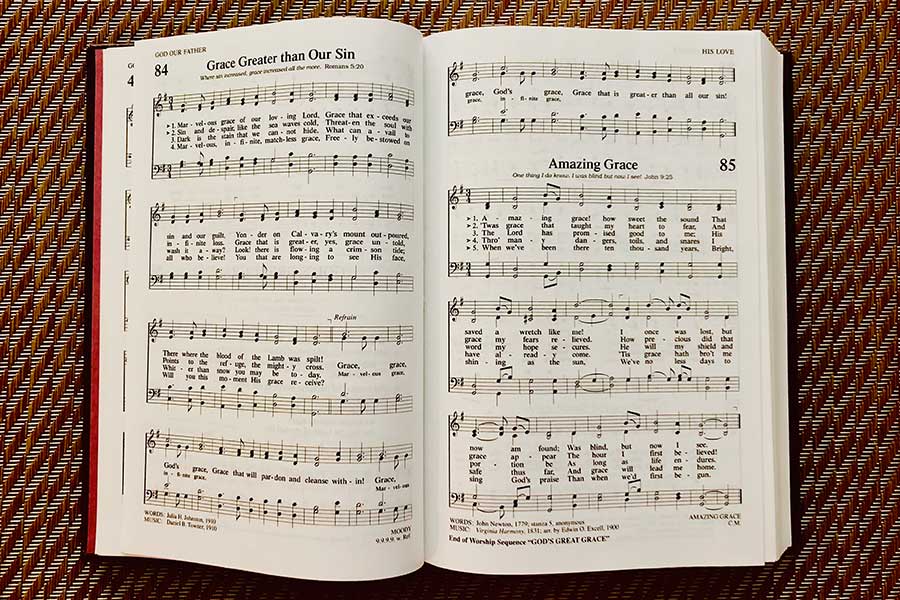
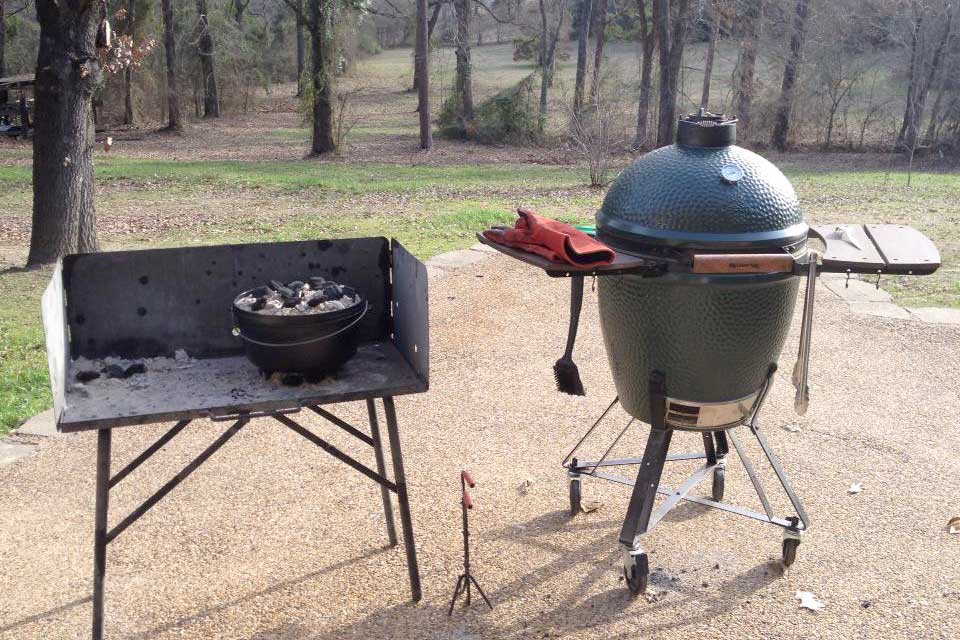

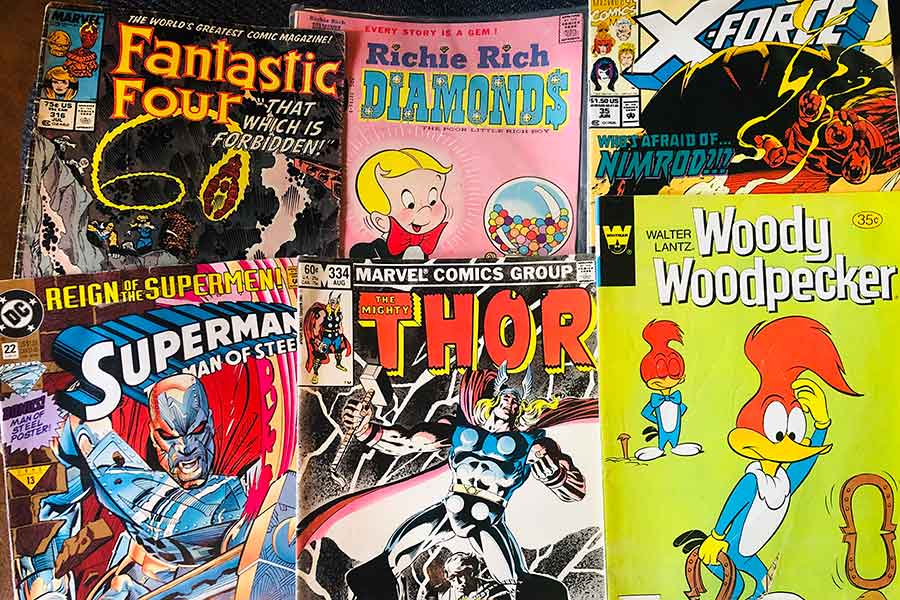

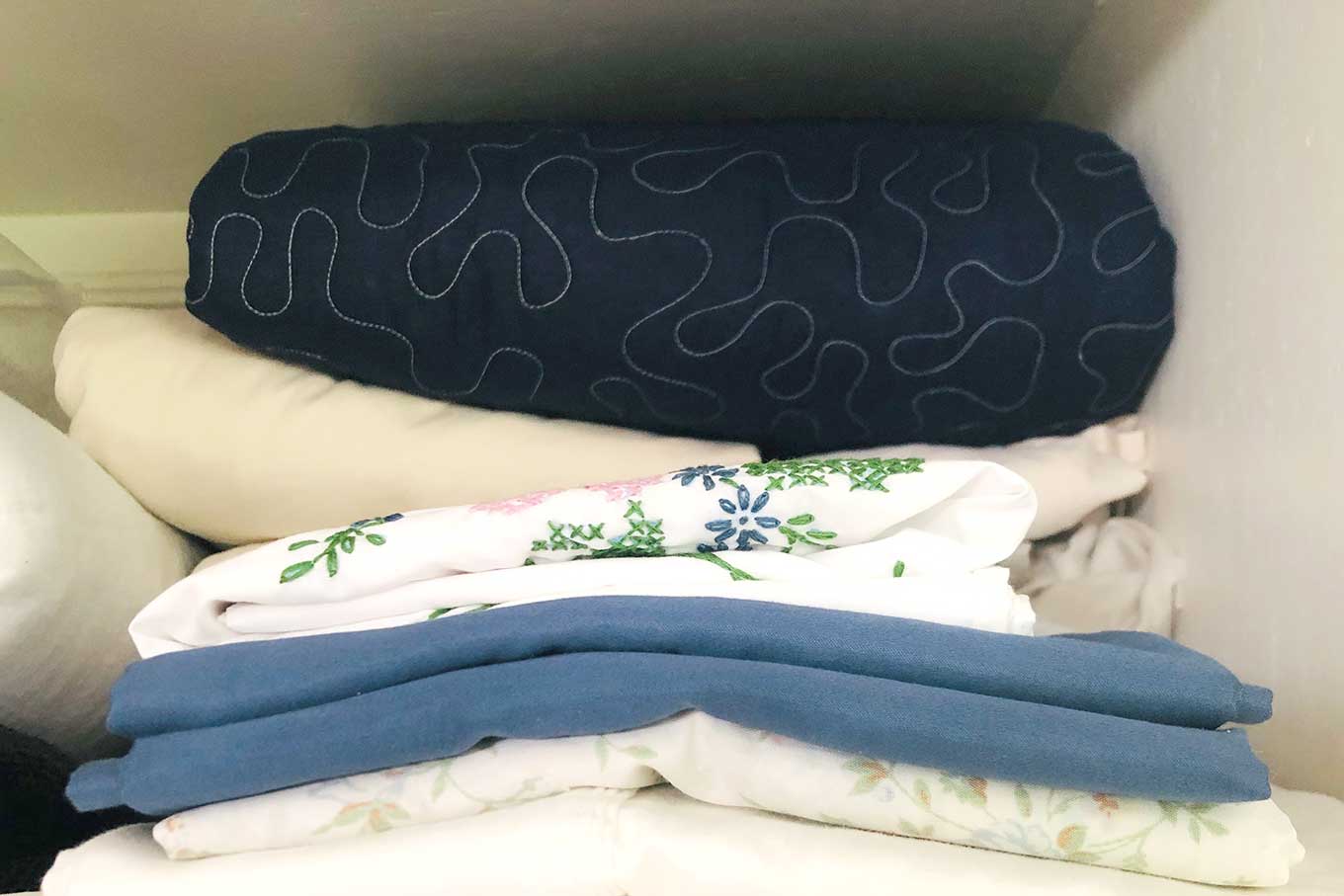
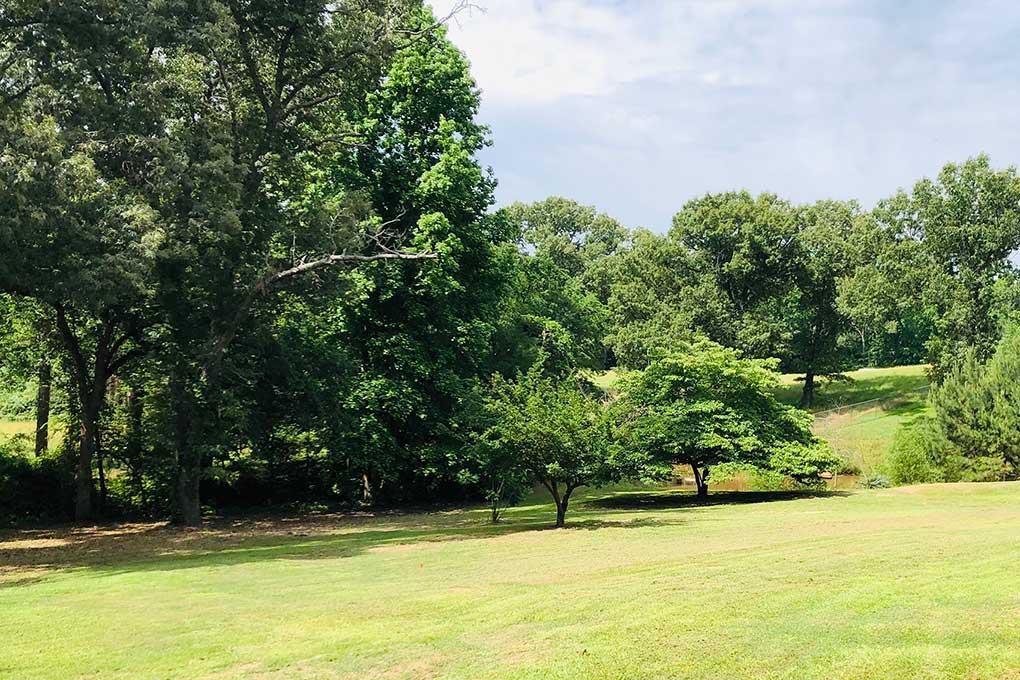
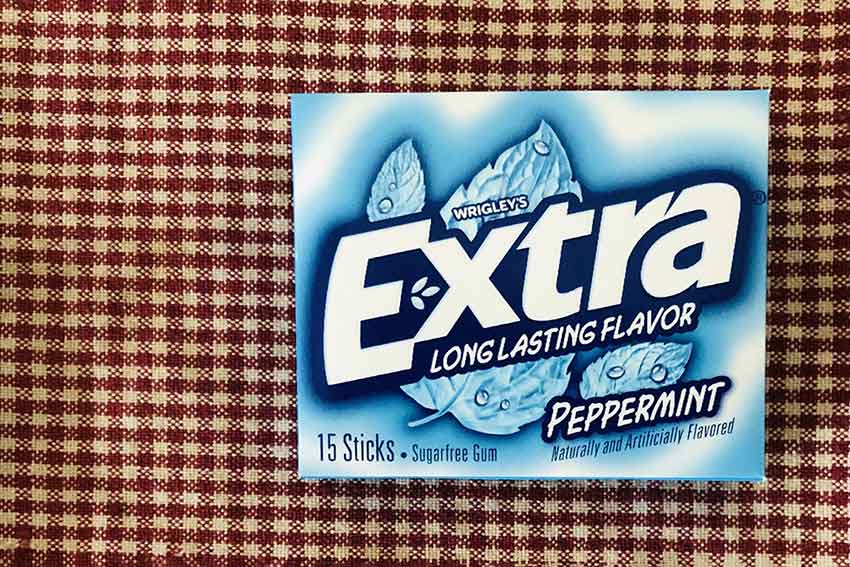




0 Comments